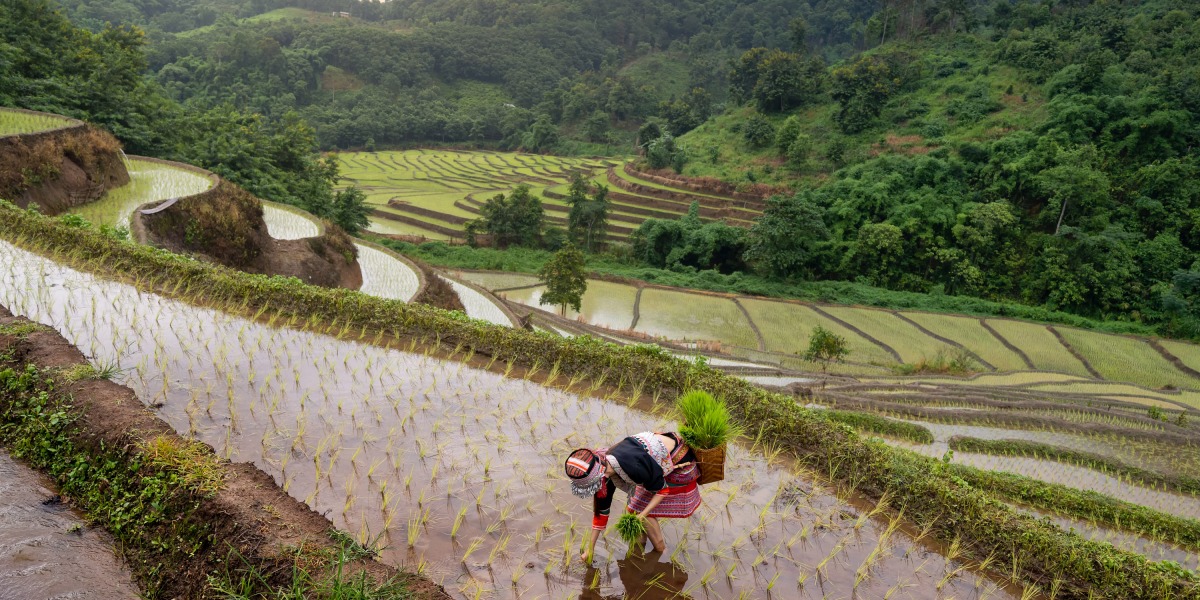
This week in The Spark, we’re taking a look back at one of my favorite sessions from our ClimateTech conference last week, from a chapter we called “Cleaning Your Plate.”
In the session, I sat down with Pamela Ronald, a plant geneticist at the University of California, Davis. She’s been working for years on helping rice survive floods, and now she’s turning her attention to using advanced genetics for carbon removal on farmland.
Genetics and plants
Scientists have a wide range of tools at their disposal to influence how plants grow. From standard genetic engineering to more sophisticated gene editing tools like CRISPR, we have more power than ever to influence what traits we want in crops.
But genetic tweaking isn’t anything new. “Virtually everything we eat has been improved using some sort of genetic tool,” Ronald pointed out in our interview at ClimateTech, with a few exceptions like foraged blueberries and mushrooms, and wild-caught fish.
Selective breeding and cross-pollination have been used by farmers for centuries to bring out certain traits in their crops. In the 20th century, researchers turned things up a notch and began using mutagenesis—using chemicals or radiation to cause random mutations, some of which were beneficial.
The difference is, in the last 50 years, genetic tools have become much more precise. Genetic engineering allowed the introduction of specific genes into a target plant. CRISPR has allowed scientists to have an even finer touch, influencing specific points in DNA.
“What’s really exciting now is that we have a lot more tools,” Ronald said.
